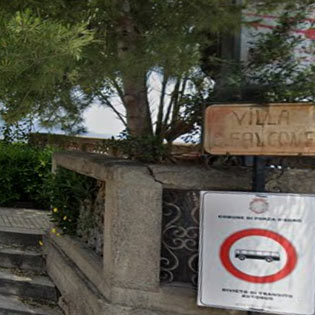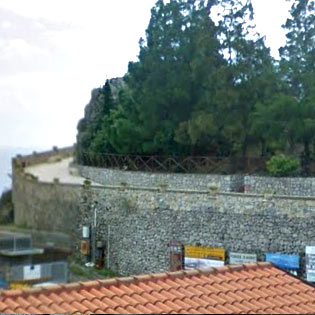Castle of Sant'Alessio Siculo

trolvag - CC3.0
The castle of Sant'Alessio Siculo stands on the rocky promontory overlooking the sea of Capo Sant'Alessio, on the Ionian coast between Messina and Taormina.
The fortress has ancient origins and, given the important strategic position of the promontory, all armies historically present in Sicily contributed, in successive phases, to the building of the castle on its summit.
The promontory was already known in the Greek-Sicilian era with the name of Arghennon Akron, i.e. < em>Argenteo Capo, was then called Promontorium by the Romans who were the first to build a fortification there. According to the writings that have come down to us, the castle would have hosted Sextus Pompey himself, the son of Gneo Pompeo Magno, during the battle between Octavian and Sextus Pompey.
The construction of the actual castle took place in the Byzantine era and was called with the name of a saint of the Greek-Orthodox tradition and had the function of defense against the raids of the Arabs. With the birth of the Emirate of Sicily, the promontory was known as Ad Dargah, or La Scala. It was only with the birth of the Kingdom of Sicily, in the 12th century, that the fortification took on its present structure.
The castle consists of two towers, one with a rectangular plan and one with a circular plan, and a boundary wall. The two towers rise on two peaks located at the end of the promontory, overhanging the sea. The circular tower on the peak on the mountain side, the tower with a rectangular base on the peak on the sea side.
Two underground galleries branch off from the area in front of the castle which run under it and end in two openings on the rock walls, one on the Messina side, one side Taormina. Here, during the Second World War, German troops positioned two artillery batteries.


